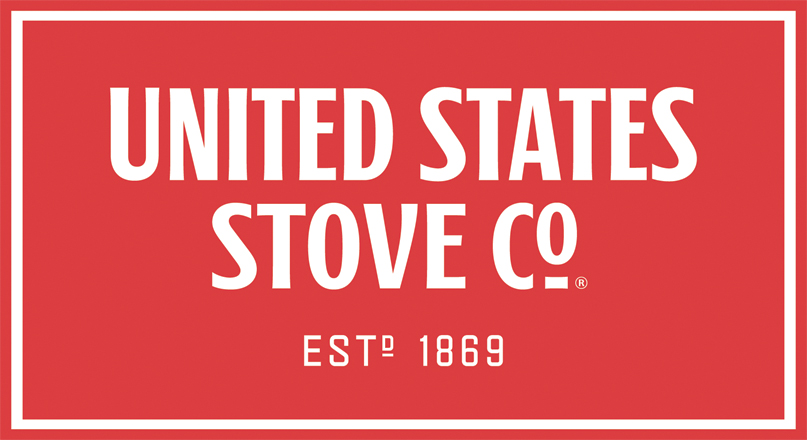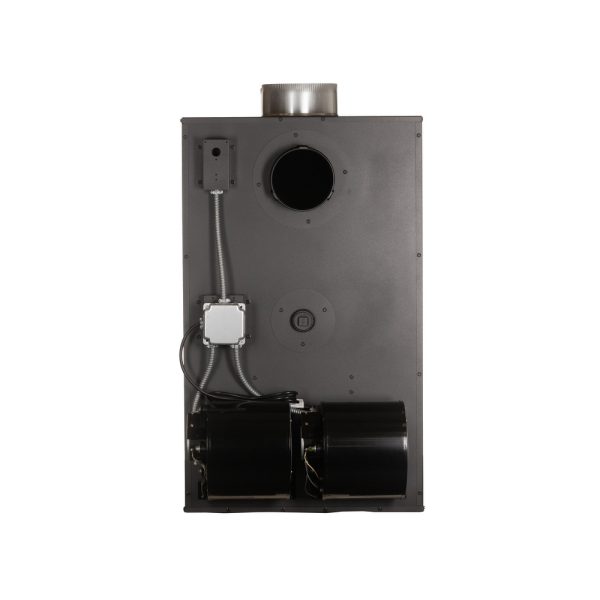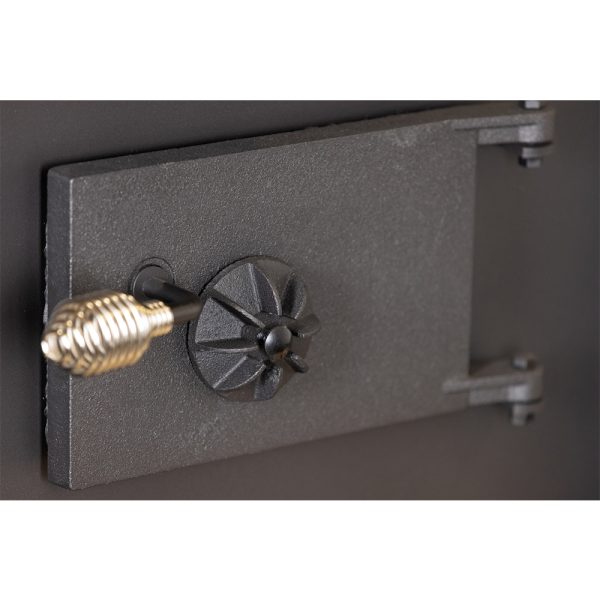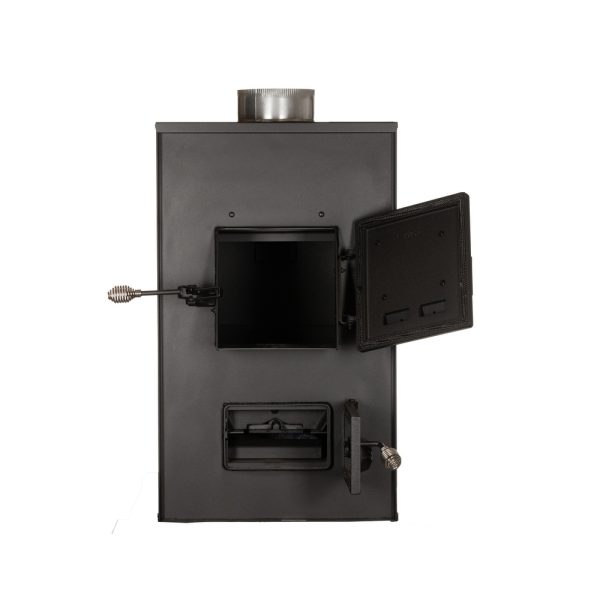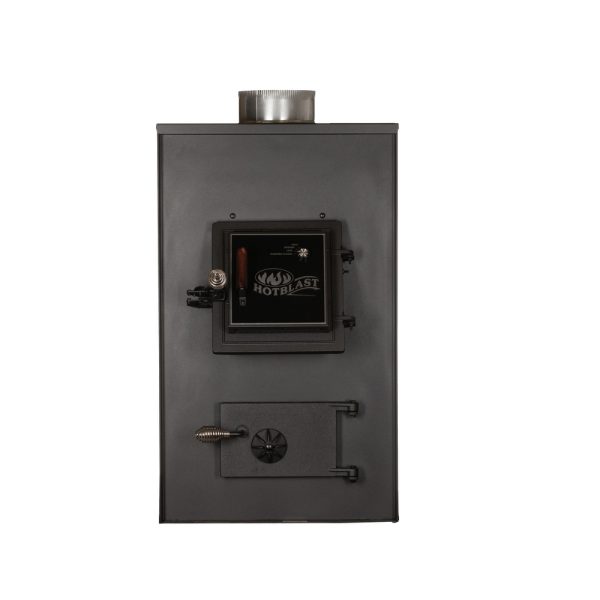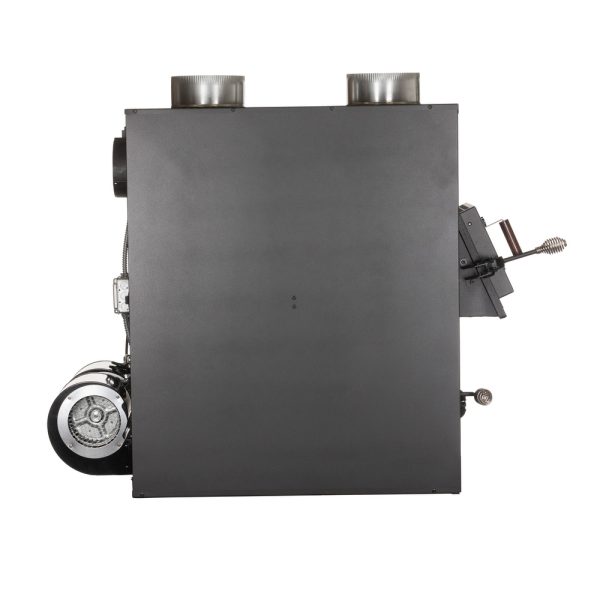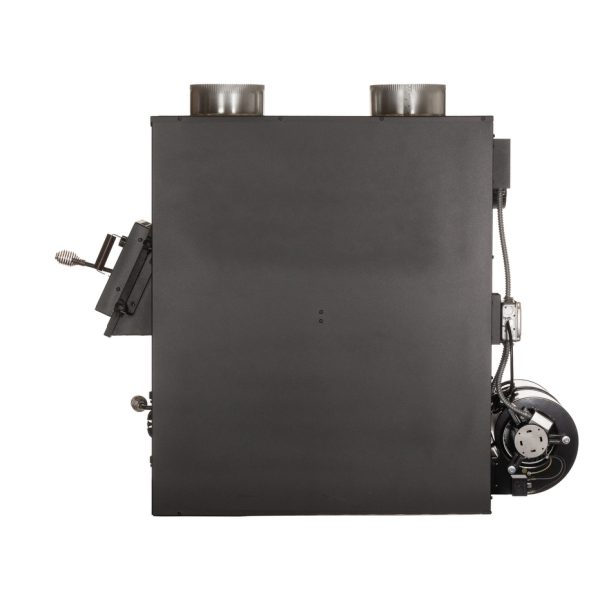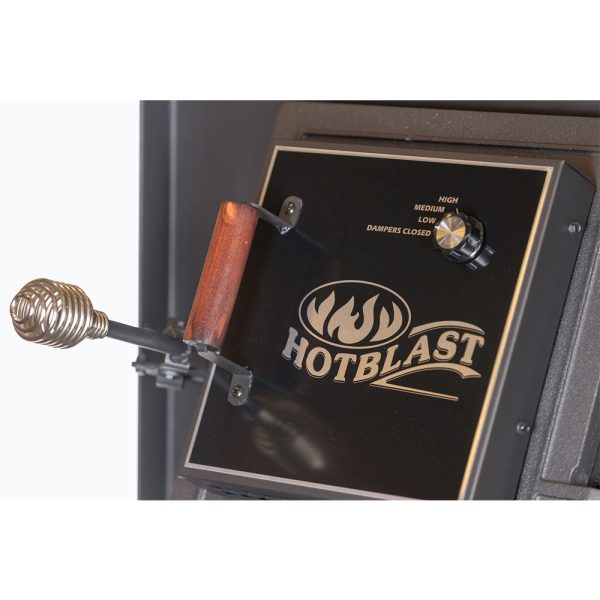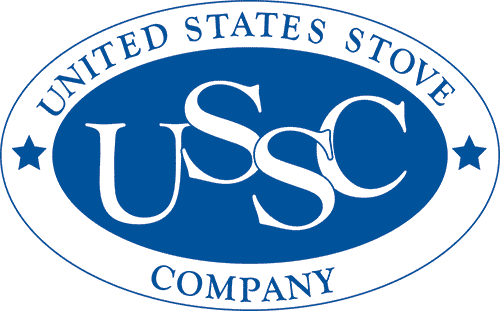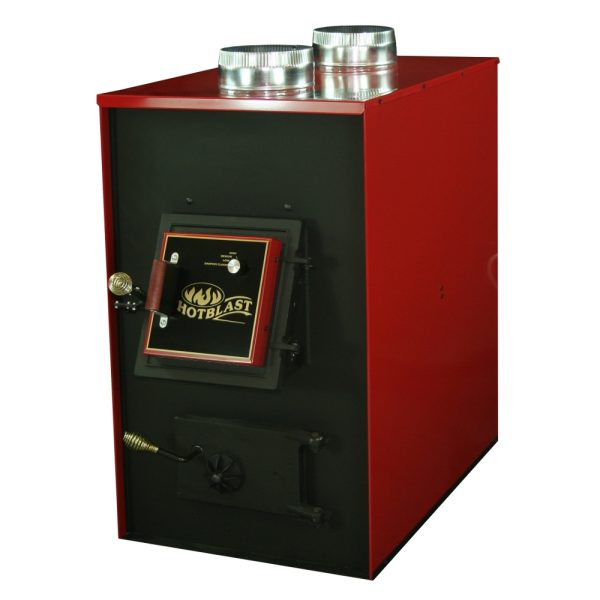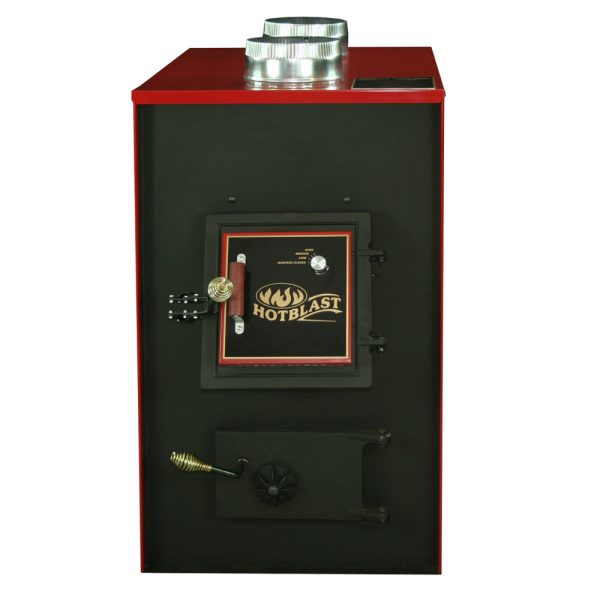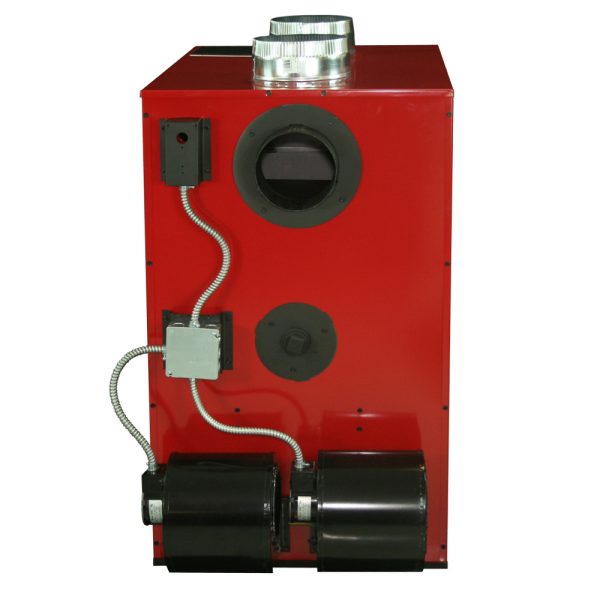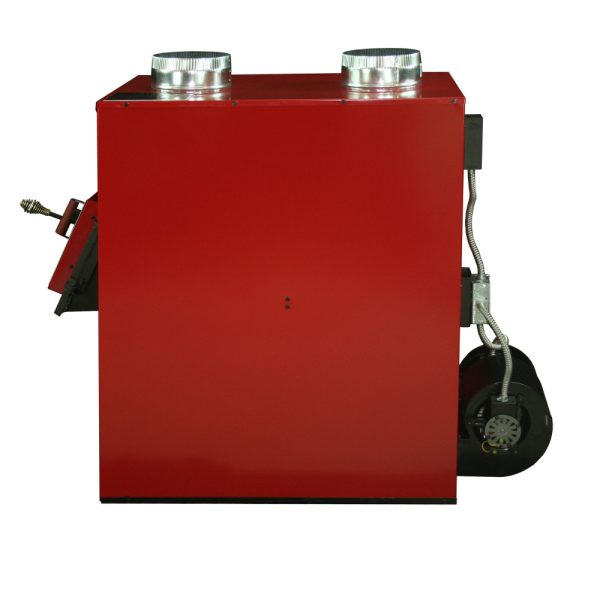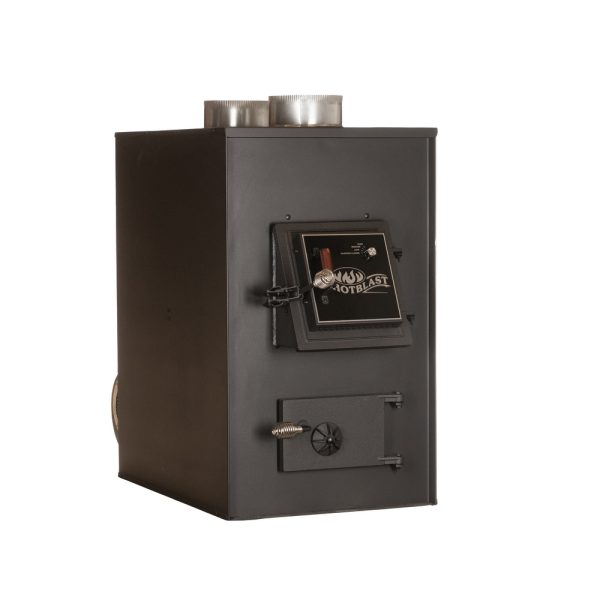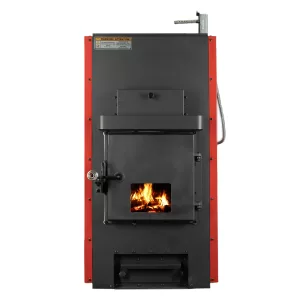2500 m². Fort. Fournaise à air chaud au charbon uniquement
$2,399.99
- Chauffe jusqu'à 2 500 pieds carrés
- Jusqu'à 139 000 BTU
- Se connecte au système CVC
- Souffleurs doubles CFM 500

Description
La fournaise supplémentaire US Stove Hot Blast 1500 est conçue pour être utilisée conjointement avec vos conduits CVC existants et fonctionner de manière transparente avec votre fournaise existante. Avec deux ventilateurs de 500 CFM et jusqu'à 139 000 BTU, il est conçu pour chauffer une maison jusqu'à 2 500 pieds carrés. Fort. Cette unité au charbon uniquement est fabriquée avec une chambre de combustion en plaque d'acier doublée de briques réfractaires entourée d'acier peint en noir, donnant à l'unité un aspect attrayant. La connexion à vos conduits existants est facile grâce aux deux sorties de chaleur de 8 pouces de diamètre. Les accessoires disponibles incluent le kit de boîtier de filtre universel (UFB908) et le régulateur d'amortisseur barométrique (DR-6). Le kit inducteur de tirage en option (modèle 11DIKL) peut être installé pour permettre à la fournaise d'être contrôlée thermostatiquement et donne la possibilité de modifier les heures de marche/arrêt du ou des ventilateurs de distribution.
Le produit est expédié sur une palette, via un transporteur LTL. Les frais d'expédition peuvent changer une fois l'adresse confirmée.
Caractéristiques
- Chauffe jusqu'à 2 500 pieds carrés
- Jusqu'à 139 000 BTU
- Se connecte au système CVC
- Souffleurs doubles CFM 500
Modèle #
- 1500
- Chauffe jusqu'à 2 500 pieds carrés avec 139 000 BTU
- À utiliser uniquement avec du charbon
- Grilles shaker amovibles/remplaçables avec poignée incluse
- Revêtement en briques réfractaires pour augmenter l'efficacité et la capacité de chauffage
- Dimensions de la chambre de combustion : 20 po de largeur x 30 1/2 po de profondeur x 19 1/2 po de hauteur
- Porte à cendres séparée avec bac de vidange amovible
- Deux sorties de chaleur de 8 po de diamètre pour un raccordement facile aux conduits existants
- Les ventilateurs jumeaux de 500 CFM offrent une redondance et de grandes quantités de débit d'air
- Amortisseur de tirage bimétallique automatique dans la porte
| Largeur assemblée (po) | 24.06 |
| Poids du paquet | 485 |
| Largeur du paquet | 46 |
| Hauteur du colis | 47.5 |
| Profondeur assemblée (po) | 49.125 |
| Profondeur du paquet | 30 |
| Hauteur assemblée (po) | 40 |
